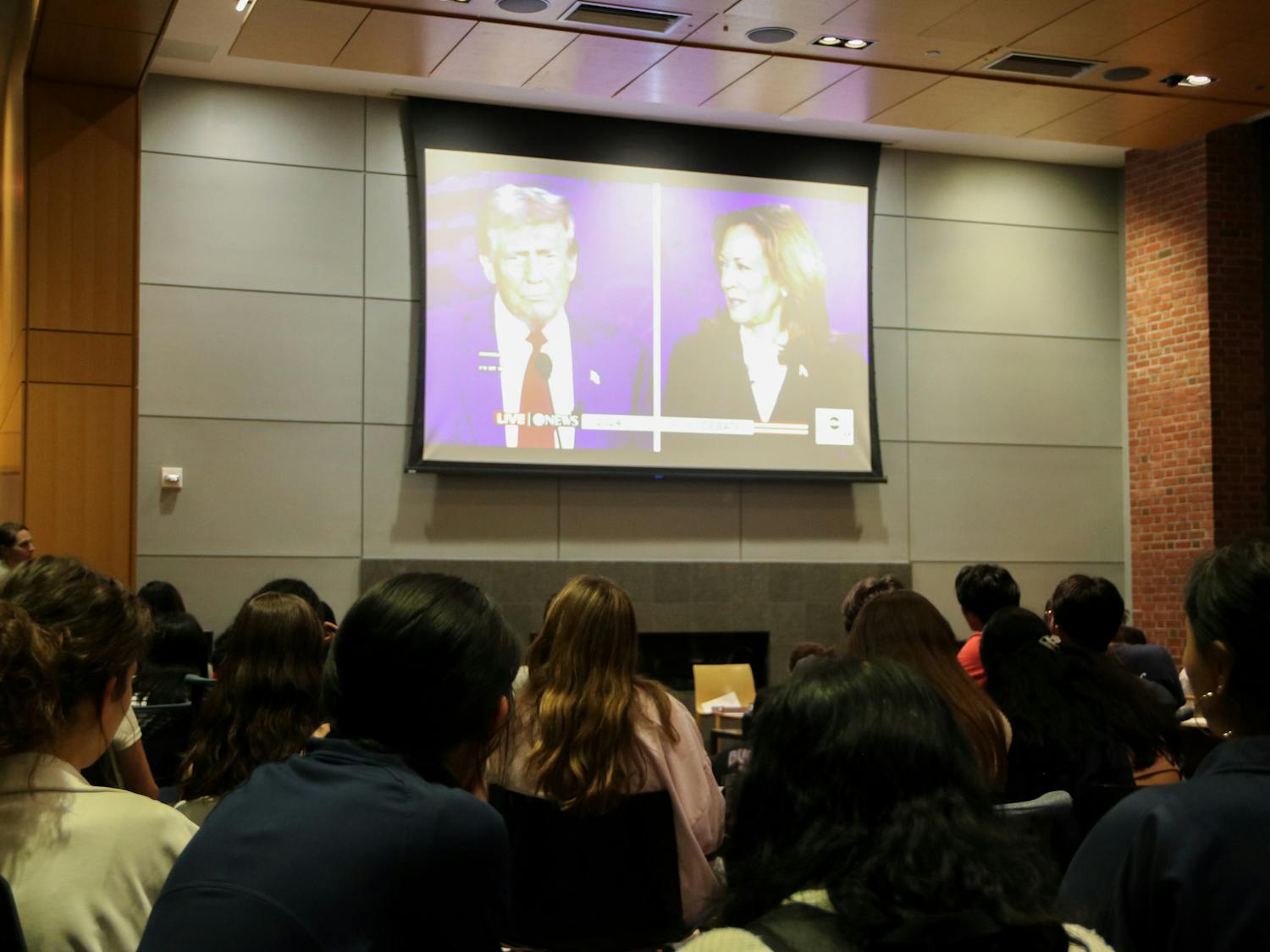It’s time to brush up on your basic math skills: If a subway train in Washington and a subway train in Philadelphia leave at the same time and go the same distance within their city centers, which train would cost you more?
While performing this difficult math, keep in mind the following:
The D.C. Metro is so clean you could probably eat off the floor (though I do not recommend trying), provides riders with convenient rechargeable cards and is one of the newest systems in the country. Meanwhile, Philadelphia’s SEPTA requires exact change or tokens (which they don’t sell at all stations), is in dire need of an upgrade and could generally use a serious dose of Febreze.
If you’re a Penn student who has spent any time in D.C., you’ll know the sad answer to this question. Your D.C. trip would cost you $1.35 while your SEPTA ride would cost you $2 (unless you buy tokens in bulk).
I’ll admit that comparing SEPTA to the D.C. Metro is probably unfair. They deal with a different population, a different history and a different budget. And SEPTA costs are on par with its peer systems in cities like New York, Chicago and Atlanta.
But, having spent a significant amount of time using all these systems and more, I can safely say that SEPTA provides the worst service — it is most in more need of renovations and a staff increase than any other system I have ever ridden. And I think most Penn students would agree.
In the next couple months, as SEPTA is working on finalizing its fiscal year 2011 operating budget, it is reevaluating how much a passenger should pay to get where they need to go. According to SEPTA spokesman Gary Fairfax, “a fare adjustment is likely to [be] recommended for the next fiscal year.”
If increasing rates means that SEPTA will undertake many of the renovations we’ve been waiting on for years, then SEPTA should increase fares. But if the service is not going to dramatically improve, SEPTA should freeze them.
SEPTA has, of course, improved some over the years. It has spent $5 billion in recent decades on the system’s infrastructure. And, thanks to federal stimulus bills, SEPTA was set to begin work on 32 capital projects region-wide by the end of 2009. But this is not the kind of system-wide change that I think Penn students and Philadelphia residents are looking for. We want what most major cities have: a system that we feel comfortable riding alone on at 9 p.m. and a system where we can pay with a credit card. We don’t want SEPTA to address the cleanliness issue with “colorful, visually appealing signage and posters” that promote courtesy (the current plan). We want stations to receive basic and regular TLC.
I understand, however, that times are tough. SEPTA is obligated, by state charter, to balance its budget every year. According to the FY 2010 operating budget, passenger revenue makes up about 37 percent of total revenue including subsidies. Meanwhile, SEPTA receives significant government subsidies to help pay for the system, which is currently “running a slight deficit,” according to Fairfax.
At the same time, City Controller Alan Butkovitz recently reported that city unemployment levels reached 10.6 percent by the end of November 2009. While I understand the need to balance the budget and keep the system running, it would be socially irresponsible for SEPTA to increase fares when the ridership cannot afford it and when they are not sufficiently improving upon their service.
Don’t get me wrong, though: I’m glad I can ride SEPTA downtown whenever I want. But if SEPTA is going to ask me (and everyone else) to start paying more for a system that is, quite frankly, subpar, I expect to see some serious improvements in return.
Juliette Mullin is a College senior from Portland, Ore. She is the former Executive Editor of the DP and editor of The Report Card. Her e-mail address is mullin@dailypennsylvanian.com. In Case You Missed Me appears on Tuesdays.








